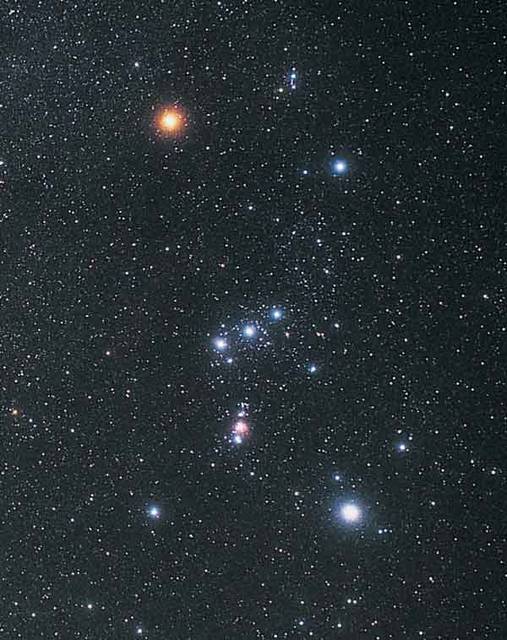Be an astronomer for one night
Published 6:15 am Wednesday, February 7, 2018
The winter night sky gives you the opportunity to see a few things you may not have thought you could see. In one small part of the sky you can easily identify a constellation, name two stars, see a sun that has a planet orbiting it, and see a nebula. This will be the fastest astronomy lesson you’ll ever have, so hang on.
Find yourself a dark place on a clear night and look to the southeast an hour or so after dark. Look for three stars lined up in a row that point down towards the 7 or 8 o’clock position. Coming off these three stars is another row of three smaller stars pointing towards the 5 o’clock position. If you can find these stars you’re officially looking at the constellation Orion, also called “The Hunter.” The first three stars pointing to the left represent Orion’s Belt, while the ones pointing to the right represent a knife hanging from his belt.
The big bluish star to the lower right of Orion’s Belt is called Rigel, a sun more than 600 light years away. It’s a blue-white super giant, and its name comes from an Arabic term that means “the left leg of the giant,” referring to the figure Orion.
The big reddish star to the upper left of Orion’s Belt is the star Betelgeuse (pronounce “Beetle-juice”), and represents Orion’s right shoulder. When you look at Betelgeuse (a red super-giant star) you’re looking at the largest object you’ll ever see. It is more than 600 times the diameter of our Sun, which is only around 865,000 miles in diameter. Betelgeuse made the news a few years ago when astronomers using the Hubble Space Telescope verified that a planet is in orbit around it.
Here’s one more thing to look for in Orion. Find the three stars going off to the right of Orion’s Belt, his knife remember. The middle one is not really a star, it’s a nebula, specifically the Orion Nebula. A nebula is a tremendous cloud of gas and dust where stars are being born. The Orion Nebula is over 1,000 light years from Earth, so the faint light you see started out around 1018 A.D. This is about the time the Chinese figured out you could burn coal for fuel. So, astronomy and time travel. How cool is that?
Steve Roark is the area forester in Tazewell, Tennessee, for the Tennessee Department of Agriculture, Forestry Division.







